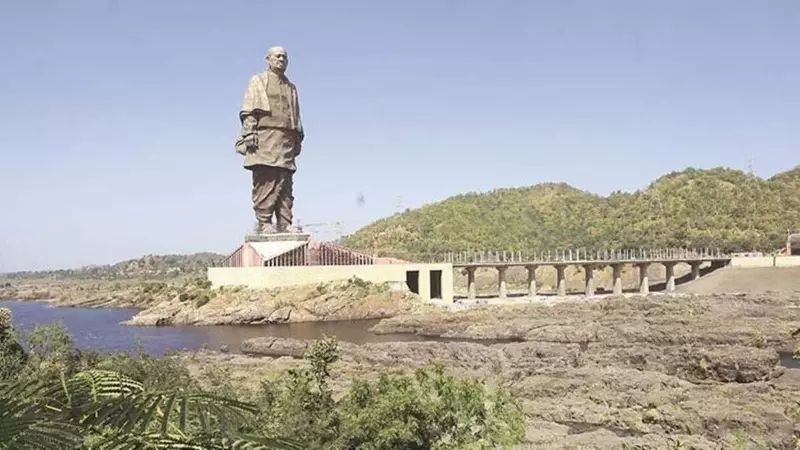
The integration of India's princely states remains one of the most fascinating chapters in the nation's history, but recent political discourse has reignited a contentious debate about who truly deserves credit for this monumental achievement.
The Patel vs Nehru Narrative in Modern Politics
Prime Minister Narendra Modi's government has consistently highlighted Sardar Vallabhbhai Patel's role in unifying the 562 princely states, often drawing comparisons with Jawaharlal Nehru's approach. This historical comparison has become a powerful political tool in contemporary Indian politics.
The Complex Reality of Integration
Historical records reveal that the process of integrating princely states was far more complex than simple attributions suggest. While Sardar Patel and his secretary V.P. Menon successfully negotiated with most rulers, some particularly challenging cases required different approaches.
Jammu and Kashmir, Junagadh, and Hyderabad presented unique challenges that involved not just diplomatic negotiations but also military considerations. The narrative that Patel alone was responsible for integration overlooks the collaborative nature of this enormous undertaking.
The Congress Party's Historical Dilemma
The Congress party faces an interesting predicament regarding Sardar Patel's legacy. As a founding figure of the party, Patel cannot be easily dismissed, yet the current political climate makes celebrating his achievements complicated given how the BJP has embraced him as an icon.
This creates a delicate balancing act for the Congress – how to honor Patel's contributions while contextualizing them within the broader framework of the freedom movement where multiple leaders played crucial roles.
Why This Historical Debate Matters Today
The renewed focus on Sardar Patel's legacy serves multiple purposes in contemporary Indian politics:
- Political Symbolism: Patel represents strong leadership and decisive action, qualities that resonate with current governance narratives
- Historical Revisionism: Challenging established historical narratives about the Nehru-Gandhi family's dominance in the freedom movement
- Nationalist Credentials: Emphasizing unity and integration as central to national identity
The International Dimension
Interestingly, the article notes that other nations facing similar challenges took much longer to achieve integration. This international perspective highlights the remarkable achievement of Indian unification in the immediate aftermath of Partition.
The speed and relative efficiency with which most princely states were integrated, despite the enormous challenges of the period, remains a testament to the diplomatic skills of multiple Indian leaders working in tandem.
Beyond the Binary Narrative
While current political discourse often presents a binary choice between Patel and Nehru, historical evidence suggests a more collaborative relationship. Both leaders, along with numerous others, contributed to the complex process of nation-building in their own ways.
The reduction of this multifaceted historical process to a simple either-or proposition does justice to neither leader nor to the complexity of the challenges they faced during one of the most turbulent periods in Indian history.
As India continues to debate its past, the integration of princely states remains a powerful reminder that historical legacy is often as much about contemporary politics as it is about actual events.





